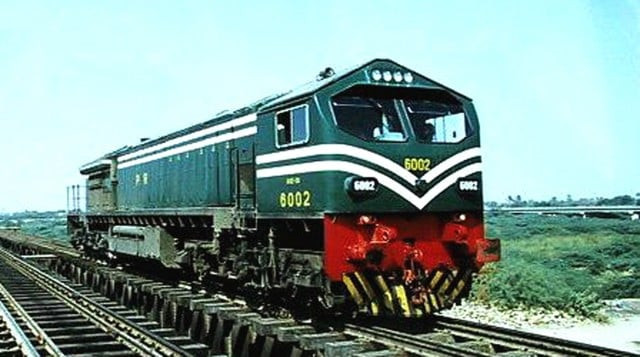10 freight trains moving between Pak, Iran every month
Feasibility study was carried out at an estimated cost of $698 million

At least 10 freight trains move between Pakistan and Iran every month.
The feasibility study for rehabilitation and improvement of track from Quetta to Taftan was carried out at an estimated cost of us $698 million in June 2019 to design and run the train at 120km per hour, according to an official document.
Pakistan Railways has offered this section for upgradation to potential investors of different countries including Russia, Kazakhstan, Iran and Belarus on Public-Private Partnership (PPP) and Built Operate Transfer (BOT) model.
About the proposal to extend and connect the rail link between Pakistan and Afghanistan under China Pakistan Economic Corridor (CPEC) project, the rail link was discussed in the 5th Joint Cooperation Committee (JCC) meeting held in 2015.
Read Railways ministry upgrading, outsourcing trains, Senate body told
However, it has not been included in the CPEC project yet. It was stated that the rail link between Pakistan and Afghanistan via Main Line-1 had been planned through another project of Mazare-Sharif-Kabul-Peshawar rail link for which a road map between Uzbekistan, Afghanistan and Pakistan had already been signed.
Earlier in November, Pakistan Railways was determined to upgrade cargo transportation services to facilitate the industry, Pakistan Railways Secretary Habibur Rehman Gilani had said.
Talking to the business community during his visit to the All Pakistan Textile Mills Association (Aptma) office, he had said that the initiative would reduce the cost of doing business for the industry and enable exporters to compete with regional competitors.
Gilani had admitted that Pakistan Railways had turned passenger-centric over the past few years and lost its competitiveness in freight handling.



















COMMENTS
Comments are moderated and generally will be posted if they are on-topic and not abusive.
For more information, please see our Comments FAQ